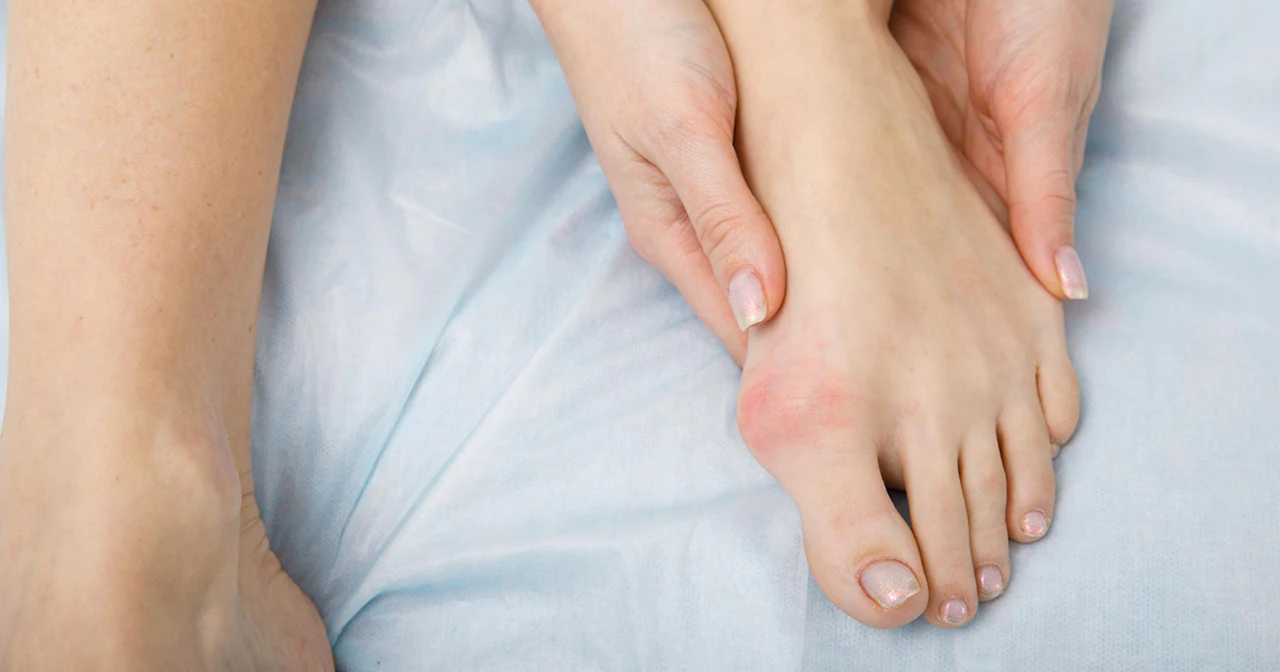Finding Relief: How Bespoke Orthotics Alleviate Bunion Pain
Tuesday, March 26, 2024

Bunions (Hallux Valgus) typically form when the big toe pushes against the adjacent toe, forcing the joint of the big toe to enlarge and stick out. This misalignment of the joint causes the characteristic bump and can result in inflammation, redness, and pain.
Stages of Bunions

Stage 1: Early Development:
- At this stage, the bunion is typically small and may not cause significant symptoms.
- The big toe may begin to lean slightly towards the second toe, and a bump may start forming at the base of the big toe joint.
- There might be occasional discomfort or pain, especially when wearing tight or narrow shoes.
Stage 2: Moderate Bunion:
- The bunion becomes more prominent and noticeable.
- The angle between the first and second metatarsal bones increases, causing the big toe to lean more towards the second toe.
- Pain and discomfort may become more frequent, especially during activities that involve pressure on the affected area, such as walking or wearing tight shoes.
- Corns or calluses may develop over the bunion due to friction and pressure.
Stage 3: Severe Bunion:
- The bunion deformity worsens significantly.
- The big toe may overlap or underlap the second toe, leading to crowding of the toes.
- Pain becomes more constant and intense, even when not bearing weight on the foot.
- Mobility of the big toe joint may be restricted, making it difficult to bend or move the toe normally.
- Inflammation and swelling around the bunion are common.
Stage 4: Advanced or Complicated Bunion:
- At this stage, the bunion deformity is severe, causing significant structural changes in the foot.
- The big toe may deviate severely towards the other toes, causing significant misalignment of the foot.
- Chronic pain and discomfort are present, which may affect daily activities and quality of life.
- The bunion may lead to complications such as arthritis, bursitis, or hammertoes.
- Surgical intervention may be necessary to correct the deformity and alleviate symptoms.
Causes of Bunions
Bunions often run in families, indicating a genetic predisposition to the condition. Certain foot types, such as flat feet or low arches, may increase the risk of developing bunions due to abnormal weight distribution. Inflammatory joint conditions like rheumatoid arthritis can contribute to bunion development and exacerbate symptoms.
Treatments for Bunions
The only complete and permanent cure is surgical intervention. However, the bunion’s progression can be significantly slowed and pain and discomfort dramatically reduced by properly fitted orthotics.
Foot Factor offer a personalised approach to bunion management. Our bespoke orthotics are hand crafted based on detailed assessments of foot structure, gait mechanics, and specific areas of discomfort. By addressing biomechanical abnormalities and redistributing pressure across the foot, bespoke orthotics can help alleviate bunion pain.
What our customers say


Book an appointment
If you have an issue with tendonitis, book an appointment with Foot Factor for a free consultation which includes a full assessment and a chance to learn about orthotics (no cost), the Full Appointment gives you personalised orthotics, ready to wear when you leave.Call 020 7631 0077 or email info@footfactor.com for a FREE consultation to find out more.

